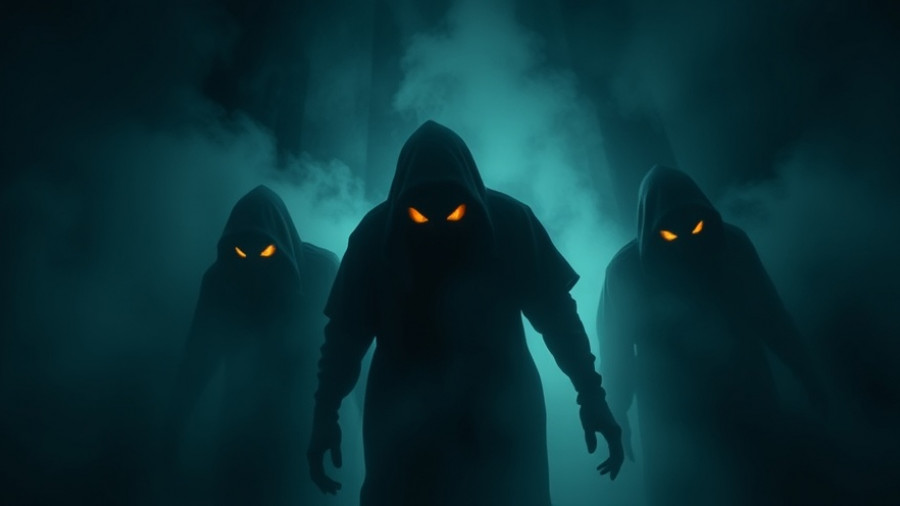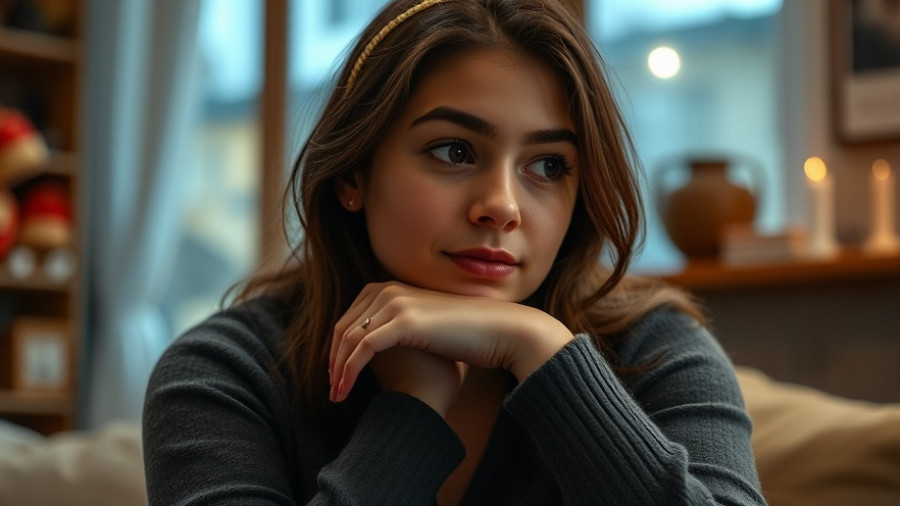
Facing Our Fears This Halloween: Embrace the Spooky Spirit
As the leaves turn and ghouls come out to play, the autumn festivities signal not just the end of summer but the arrival of Halloween. While the holiday is known for costumed revelry and sugary treats, it also unveils a unique opportunity for children to confront their fears through exploration and imagination. So why sanitize this experience? The recent discussion around whether we should tone down Halloween's scariness is essential—not just for parenting strategies, but for mental health and personal growth.
The Benefits of Engaging with Fear
Halloween serves as a cultural canvas where the whimsical and the macabre coexist. Dr. Kathryn L. Keough, a psychologist specializing in anxiety disorders, highlights how fear in a controlled environment, such as haunted houses or spooky decorations, can foster resilience. Engaging with scary stimuli allows children, and even adults, to cultivate coping strategies for managing their emotions. Studies show that mild exposure to fear can help busy minds build emotional intelligence—a lifelong skill.
Moreover, the adrenaline rush accompanying fear induces endorphin release, creating feelings of exhilaration and pleasure. Feeling scared in a supportive environment, surrounded by peers or family, forms a sense of community while boosting self-esteem as we navigate through frightened moments together.
Preparing for a Fun and Fearful Experience
For some children, intense decorations and costumes may be overwhelming. Faith Wilkins from the Child Mind Institute suggests that parents familiarize their children with Halloween sights—like touring neighborhoods during the day—before trick-or-treating. This gentle preparation helps distinguish fantasy from reality and eases anxiety about the unknown. A gradual approach encourages confidence and ensures no child feels excluded. This year, consider creating a plan by practicing trick-or-treating dialogues and identifying safe spaces where children can retreat if needed.
Balancing Scary and Sweet: Decor Ideas for Inclusion
When decorating for Halloween, consider inclusive elements that cater to various sensitivities. Instead of overwhelming gore, incorporate whimsical motifs like colorful pumpkins, cheerful ghosts, or gentle skeletons. Parents can also let their children express their creativity by crafting DIY decor, allowing them to immerse themselves in the spirit while respecting personal limits. Using elements like blue pumpkin buckets can signal to neighbors that a child may need extra understanding, promoting awareness and inclusivity in the community's Halloween celebrations.
The Ongoing Conversation About Fear and Fun
The blend of fear and joy during Halloween acts as a powerful metaphor for life. As parents, we guide our children through the unknown, preparing them to face future challenges—academic pressures, social interactions, and even issues related to mental health. In conclusion, this Halloween, instead of sanitizing the holiday, let us introduce children to the art of facing fears head-on in a supportive, engaging manner. Allow them to feel scared, to find courage, and to laugh with friends in delight. In every scream and every costume, we can uncover lessons on resilience, connection, and the beauty of embracing life’s spooky adventures.
 Add Row
Add Row  Add
Add 




Write A Comment